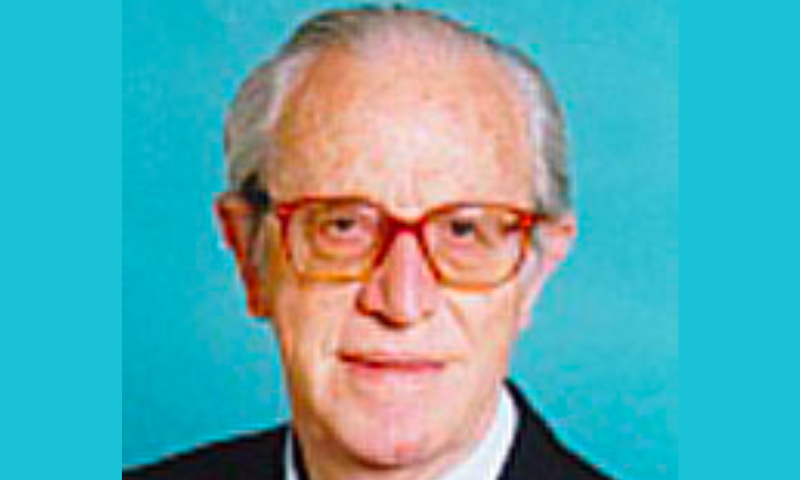Simi Horwitz
Forward, Aug. 9, 2022
Director-composer Stephen Edwards says he is drawn to “ordinary people doing extraordinary things.” So, when he came across the virtually unknown story of “Syndrome K” and the Italian doctors who concocted this wholly invented disease in order to save Italian Jews during World War II, he knew he had to explore the topic further.
Co-directed by Greg Hunger, “Syndrome K” begins in the fall of 1943 as the German soldiers invade Italy, rounding up and shipping thousands of Jews off to concentration camps. Jews were already ghettoized and faced an array of antisemitic humiliations and daily restrictions, but nobody was prepared for the horrors that followed.
Hospital as safe haven
Some fled to the 450-year-old Catholic-run Fatebenefratelli Hospital set on a teeny island in the middle of Rome’s Tiber River, just across from the Jewish ghetto on one side and the Vatican on the other. The Catholic hospital, under the leadership of anti-fascist Dr. Giovanni Borromeo, had a reputation as a safe haven for Jews and other anti-Fascists. This made it possible for Jewish physicians like Vittorio Sacerdoti to work as a doctor in that hospital, providing him false documentation. Outside its walls Dr. Sacerdoti was forbidden to practice medicine.
In the institute’s basement, Dr. Borromeo installed and hid an illegal radio transmitter and receiver that were employed to communicate with local partisans.
Working jointly with anti-fascist activist Dr. Adriano Ossicini, Dr. Borromeo and others came up with an ingenious plan to conceal Jews in the hospital by claiming they had “Syndrome K,” a degenerative, disfiguring and highly contagious disease, which in fact did not exist.


